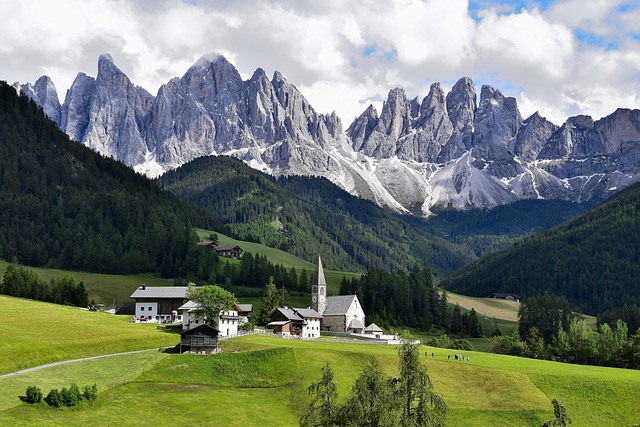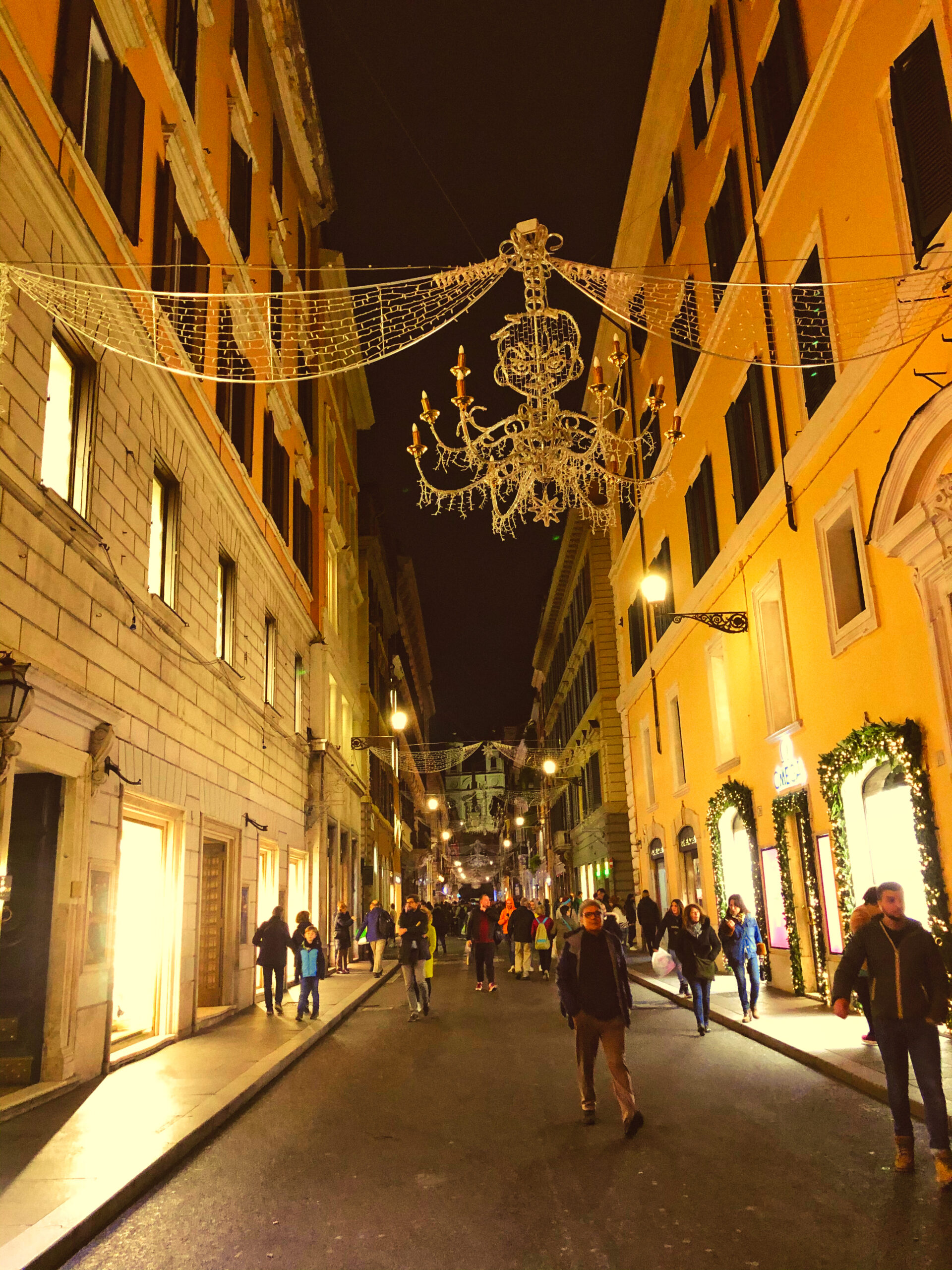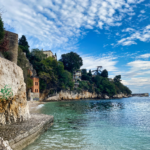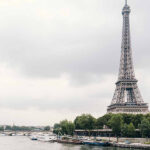Italy
A picturesque nation in Southern Europe, is a captivating blend of history, art, and mouthwatering cuisine. From the majestic capital city of Rome to charming destinations like Venice, Florence, and Milan, Italy’s diverse landscape spans from the towering Alps in the north to the sun-soaked shores along the Mediterranean. Its compelling narrative unfolds through the ancient Roman Empire’s grandeur to the Renaissance’s artistic brilliance. Italian culture celebrates fine art, delectable dishes like pasta and pizza, and the melodic tones of its native language. Travelers come to revel in iconic landmarks like the Colosseum, indulge in creamy gelato, and bask in the nation’s rich heritage. Italy’s enchanting appeal invites exploration of its UNESCO World Heritage Sites, savoring its renowned wines and olive oils, and immersing oneself in its timeless charm.
Things to See and Do in Italy
These are just a few of Italy’s top attractions. The country is filled with countless more historical, cultural, and natural wonders waiting to be explored.
Typical Costs When Travelling
Accommodation:
- Budget travelers can find hostel dormitory beds for around €30-€50 per night.
- Mid-range hotels typically range from €70-€150 per night for a double room.
- Luxury hotels and resorts can cost €200 or more per night.
Food:
- Dining out in Italy can be a delightful experience. A basic meal in a local pizzeria or trattoria might cost around €10-€20 per person.
- Mid-range restaurants offering pasta dishes and local cuisine may range from €20-€40 per person.
- Fine dining or Michelin-starred restaurants can be considerably more expensive, with prices often exceeding €100 per person.
- Street food like pizza by the slice or a panino (sandwich) can be a budget-friendly option, costing around €5-€10.
Transportation:
- Public transportation within cities usually costs around €1.50-€2 for a single ride on buses or trams. You can also buy multi-day passes for more savings.
- Taxis are more expensive, with starting fares around €3-€5 and additional charges based on distance.
- Intercity trains are a popular way to travel between major cities. Ticket prices vary, but a one-way journey between Rome and Florence, for example, can cost around €20-€60 in second class and more in first class. Booking in advance can lead to significant savings.
- Domestic flights can be more expensive than trains, but they can save time on longer journeys. Prices vary widely depending on the route.
- Rental cars are available, but parking can be expensive and driving in Italian cities can be challenging.
Bear in mind that prices can change depending on the region, the season of your visit, and fluctuations in currency exchange rates.If you intend to explore museums, attractions, or partake in guided tours, it’s advisable to allocate additional funds for these activities. It’s a good idea to have some flexibility in your budget to account for unexpected expenses and to tailor your spending to your preferences and priorities while traveling in Italy.
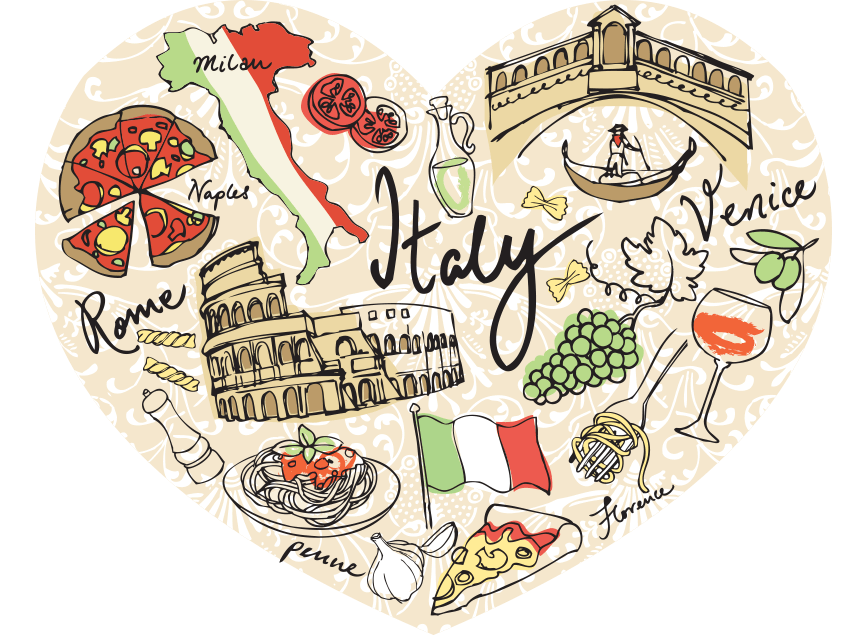
Suggested daily budget – 50-60 EUR (Note: This budget would include staying in budget accommodations like hostels or budget hotels, eating. However, if you stay in fancier accommodation or eat out more often, expect this to be higher!)
Money Saving Tips
October 2, 2023








